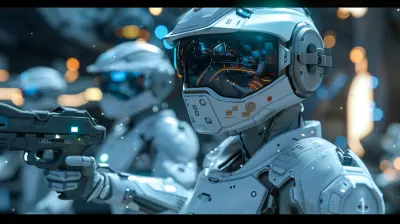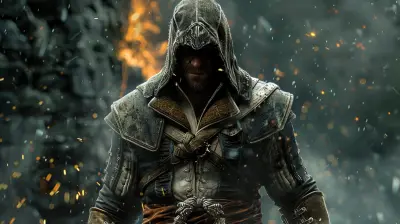The Strange History of Video Game Bootlegs and Clones
14 July 2025
If you've ever stumbled across a weird version of Super Mario or played something that looked suspiciously like Tetris but with llamas instead of blocks, you’ve dipped your toes into one of gaming's most bizarre corners: the world of bootlegs and clones. It’s a wild ride filled with knockoffs, weird reimaginings, legal gray areas, and some surprisingly creative ideas. So buckle up, because we’re diving deep into the strange history of video game bootlegs and clones — where copyright law meets chaos and creativity.
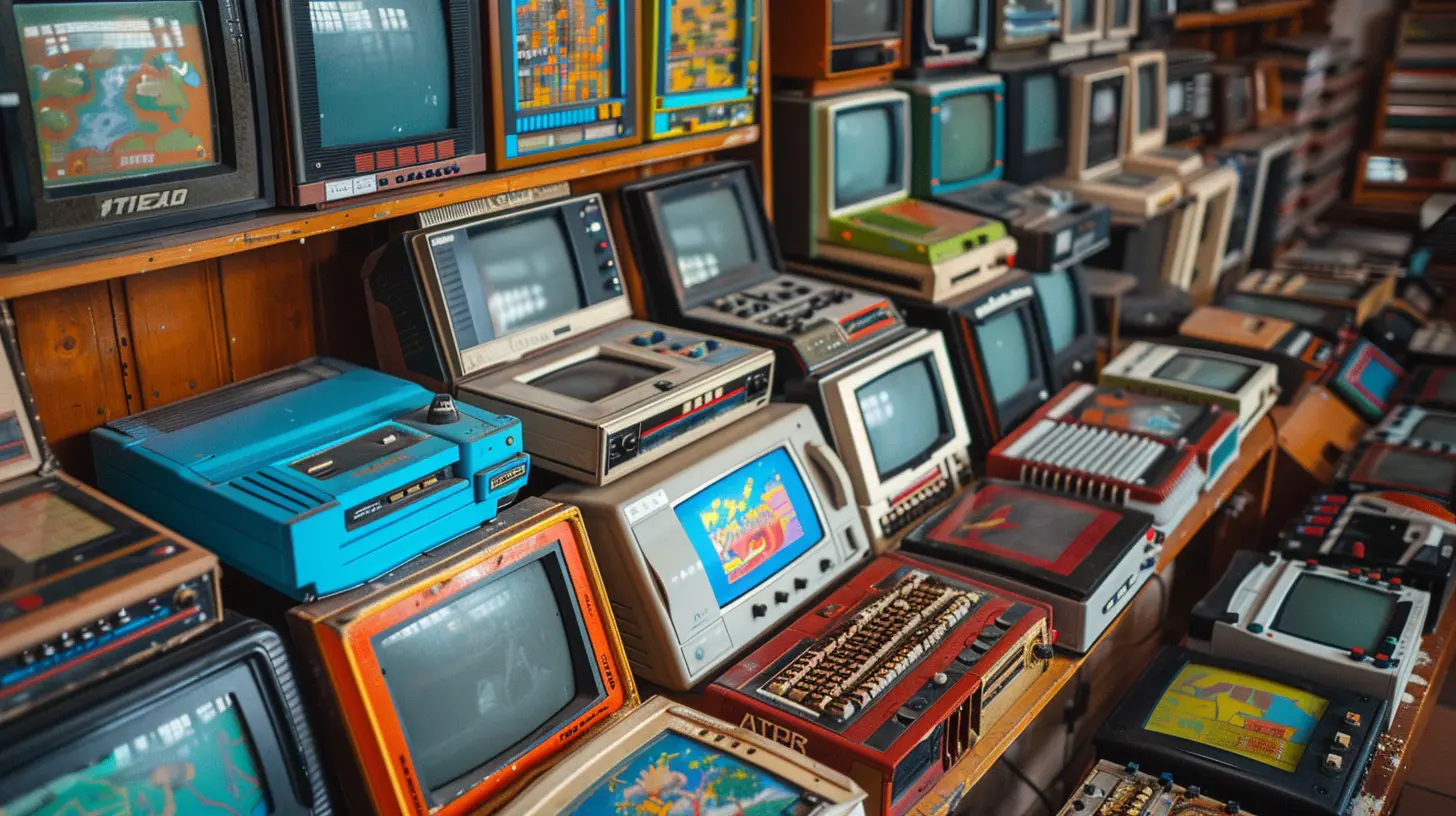
What Even Are Bootlegs and Clones?
Before we get into the juicy stories, let’s make sure we're on the same page.- Bootlegs are unauthorized copies of video games. Sometimes they’re exact replicas, other times they've been tweaked, rebranded, or completely mangled.
- Clones, on the other hand, are games heavily "inspired" by another game. They mimic gameplay, design, and mechanics, but might tweak enough to stay legally safe — or at least try to.
Think of it like this: bootlegs are your friend sneakily copying your homework word-for-word, while clones are your classmate who rephrases everything just enough to not get caught. Make sense?
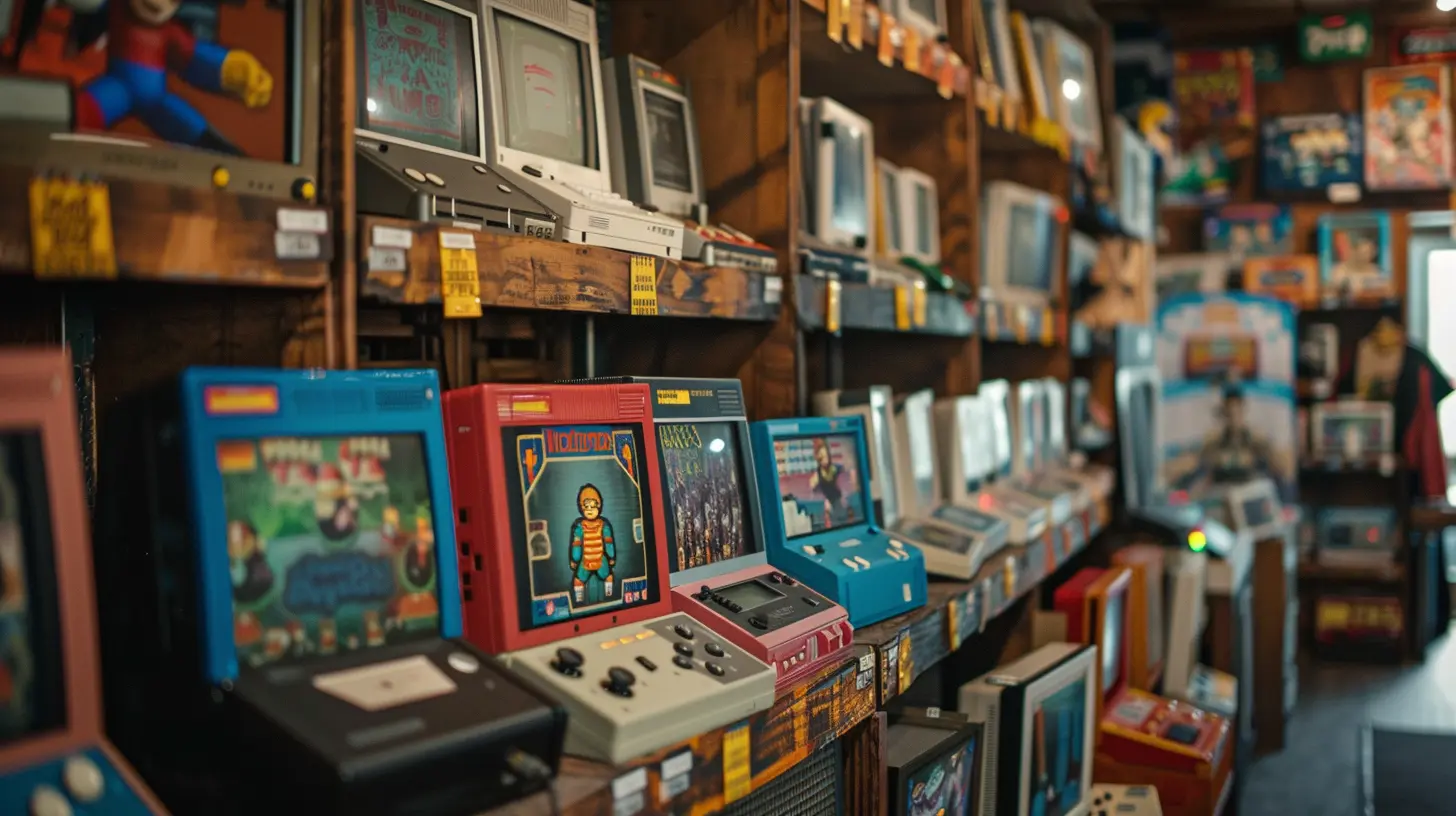
The 8-Bit Wild West: Bootlegs in the 1980s
The 1980s were basically the wild west for video games. No one really knew what they were doing yet — not players, not developers, not even the lawyers.Famiclones and Pirate Carts
During the reign of the NES and Famicom, a tidal wave of bootleg consoles and games flooded markets all over the world — especially in countries where Nintendo hadn’t officially released its products.Enter Famiclones. These were unauthorized console knockoffs that looked like the NES or Famicom but played pirate carts — cartridges filled with copied or hacked games. Sometimes you'd buy a cart labeled “9999 in 1” and only get five actual games that looped endlessly. Classic bootleg move.
Some of these pirate carts featured bizarre hacks. Mario would be replaced by Spider-Man, or the color palette would be so off that Peach looked like she fell in a paint bucket. It was weird, it was wild, and it was everywhere.
The Rise of “Multicarts”
Multicarts were bootleg gold. You’d see games like “Super Mario Bros. 12” even though there were only three real ones at the time. These weren’t just clones — they were imaginative fever dreams. Levels were jumbled, music was off-key, and characters were swapped for random animals or superheroes with zero explanation.It sounds ridiculous, and it was, but these hacked versions actually became childhood staples in many places where official games were too expensive or unavailable.
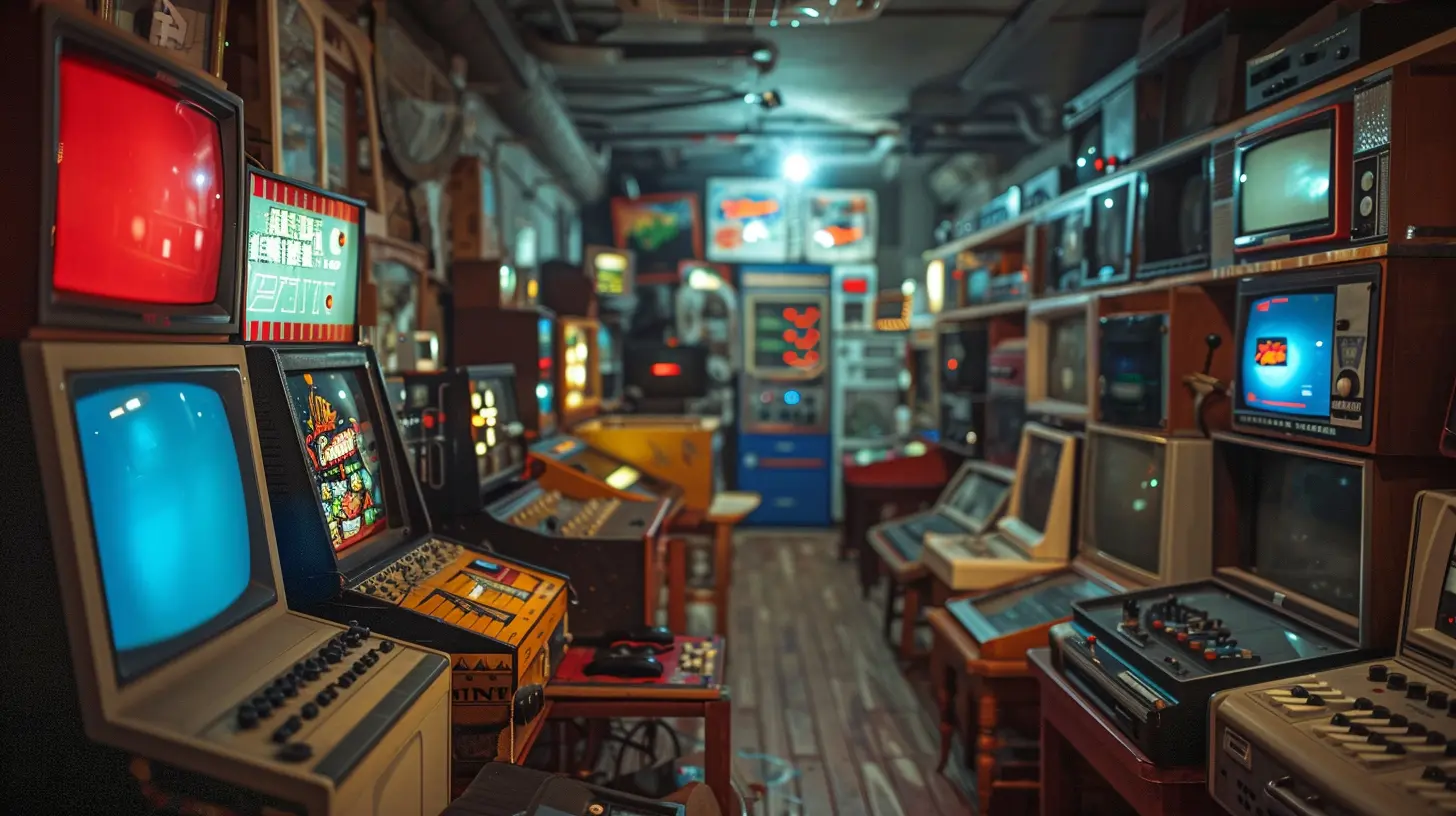
The Clone Wars: When Developers Said “I Can Do That!”
Let’s be real — not all clones were shady. Some were actually stepping stones for innovation. But in the early days, things got messy.Pong Gets Cloned a Thousand Times
When Atari released Pong in 1972, it basically invented the arcade industry. Naturally, everyone wanted a slice of that pixelated pie. Within a year, dozens of Pong clones flooded arcades.Some were harmless recreations. Others were blatant ripoffs with names like "Ping," "Tennis for Two," or "TV Table Tennis." Atari tried to sue, but the legal framework for video game protection was still a baby wearing diapers.
Still, this Pong-cloning frenzy helped set the stage for future gaming giants. Fun fact: Nintendo's first arcade game? A Pong clone called "Color TV-Game." Yep, even the legends started with a little copycat action.
Pac-Man’s Weird Cousins
After Pac-Man hit arcades like a wrecking ball in 1980, everyone and their uncle tried to recreate that success.Enter the clones: Jawbreaker, K.C. Munchkin!, and countless others. Some were creative spins, others were just… confusing. One infamous clone replaced the yellow Pac-Man with a giant chomping clown. Nightmare fuel.
Atari, which had purchased the home rights for Pac-Man, sued K.C. Munchkin! and actually set a legal precedent that games could be protected in the same way as written works. This was a huge moment in gaming law. So, weirdly enough, a Pac-Man clone helped shape the entire industry.
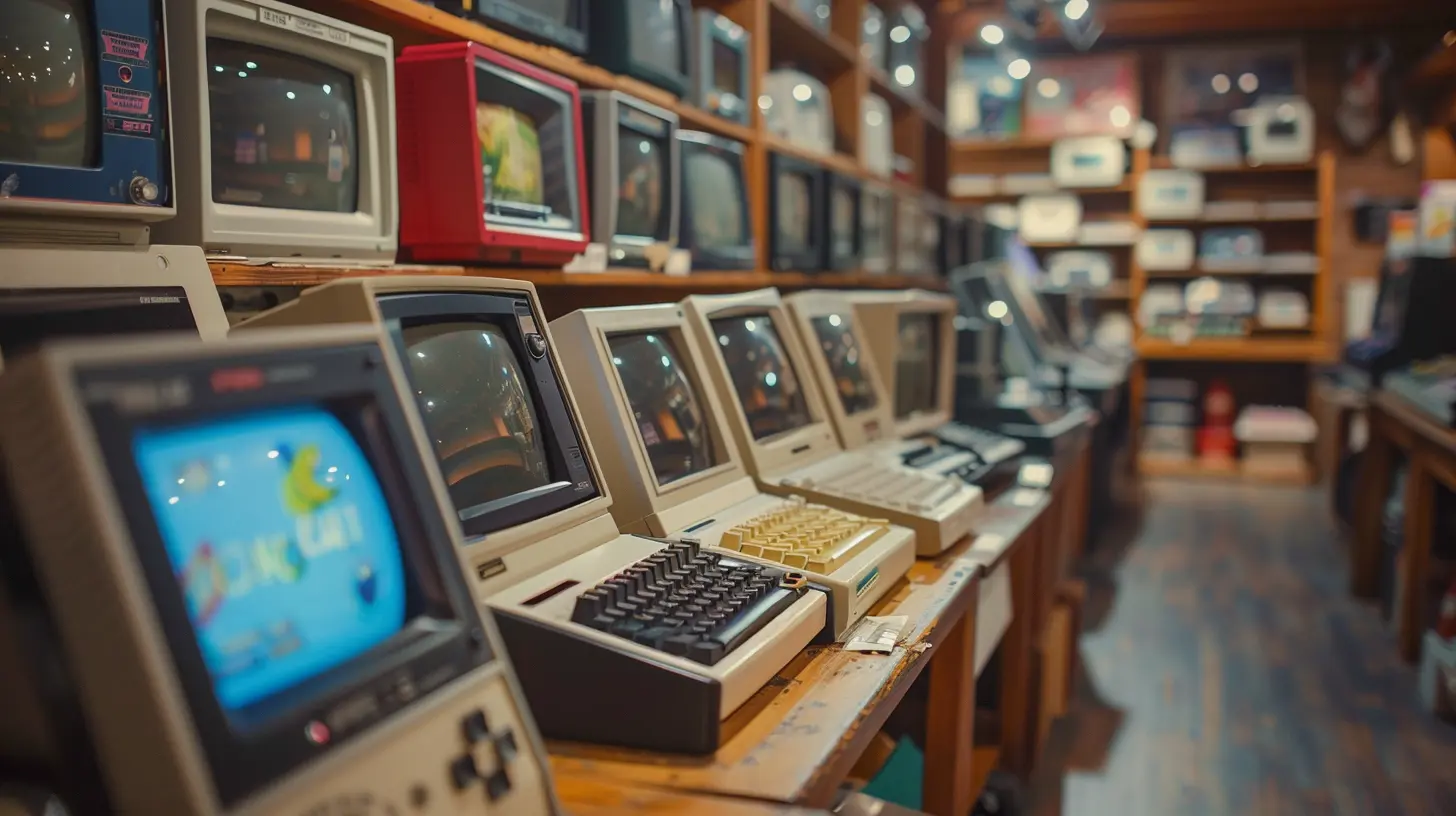
Bootlegs Go Global: Gaming Without Borders
One thing bootlegs and clones did well? Spreading gaming love to places that mainstream companies ignored or couldn’t reach.Russia and the Dendy Craze
In the '90s, while the Western world was busy with the Super Nintendo and Sega Genesis, Russia was in the midst of a bit-bootlegging boom — all thanks to a Famiclone called the Dendy.The Dendy became a cultural icon, introducing millions of kids to bootlegged versions of Mario, Contra, and Duck Hunt. For many families, it was the only affordable way to experience video games. Even today, there’s a deep nostalgia for those glitchy, off-brand adventures.
Brazil’s Mega Drive Madness
Sega’s consoles outlived their natural lifespans in Brazil thanks to TecToy, the authorized distributor. But with demand so high and official supplies limited, a wave of clones and bootlegs filled the gap. Some even added new characters or changed storylines to fit local culture.It was DIY gaming at its finest. Sure, the laws were fuzzy at best, but the passion? 100% real.
Bootleg Creativity: Stranger Than Fiction
You’d think cloned and bootlegged games would be lazy copies, right? Thing is, sometimes they were surprisingly innovative — or at least head-scratchingly original.Somari: Mario Meets Sonic
You’ve probably heard of Mario. You’ve definitely heard of Sonic. But have you heard of Somari?Somari was a bootleg NES game that mashed Mario into Sonic’s world. It wasn’t licensed by Nintendo or Sega — go figure — but it actually ran (sort of). Mario zipped through Green Hill Zone with Sonic's powers, and it was as broken as it sounds. But hey, props for ambition.
Pokémon Chaos
The bootleg world went absolutely bonkers when Pokémon became a global phenomenon. Titles like Pokémon Diamond (not the real one), Pokémon Jade, and Pokémon Vietnamese Crystal spread like wildfire.These weren’t official Game Freak releases. They were buggy, poorly translated, often hilarious fever dreams featuring mutated monsters and storylines that made zero sense. One translation famously included lines like “You have won the prize! That is strange goods!” Peak poetry.
And yet, these games became cult classics. Many fans lovingly remember them as their first exposure to the world of catching 'em all — even if that world made about as much sense as a Pikachu driving a tank.
The Legal Side: Cracking Down on the Chaos
Eventually, the wild ride had to slow down. By the late 1990s and early 2000s, video game companies had beefed up their legal teams.Copyright Strikes Back
Nintendo especially became notorious for protecting their IP. They cracked down hard on ROM sites, bootleg sellers, and clone developers. Lawsuits flew, and many small-time bootleggers couldn’t keep up.Still, the cat-and-mouse game never truly ended. As fast as companies shut one operation down, another would pop up somewhere else.
Clones Get More... Polished?
Modern game clones are a bit different. These days, many are "inspired by" rather than direct copies. Stardew Valley, for example, takes heavy cues from Harvest Moon, but brings enough charm and fresh ideas to stand on its own. These aren’t shady knockoffs — they’re tributes with a twist.In a way, some of the biggest indie hits today owe a little something to their bootleg ancestors.
Why We Can’t Help But Love Bootlegs and Clones
There’s a certain charm in the chaos. Bootlegs and clones remind us of a time when games were more accessible, more wild, and sometimes more fun because of their weirdness.They filled gaps when the big-name companies didn’t. They introduced gaming to corners of the world that would’ve otherwise been left out. And sometimes? They pushed boundaries in ways legit studios never dared to.
Are they legal? Not always. Are they perfect? Definitely not. But are they part of gaming history? Heck yeah, they are.
Final Thoughts: Embracing the Weird
At the end of the day, the strange history of video game bootlegs and clones isn’t just a quirky side story — it’s a crucial chapter in the evolution of gaming. These oddball creations, legal misfits, and awkward tributes helped shape the gaming culture we know today.Whether it’s a janky version of Street Fighter with Homer Simpson as the fighter or a heartfelt Pokémon clone made by fans, every piece of this strange puzzle tells us something important: creativity doesn’t always play by the rules.
And sometimes? That’s a beautiful thing.
all images in this post were generated using AI tools
Category:
Retro GamesAuthor:

Brianna Reyes
Discussion
rate this article
1 comments
Vito McFarlane
Who knew bootleg games could be this entertaining? It's like gaming’s wild west—full of quirky surprises and unexpected twists!
July 31, 2025 at 4:05 PM

Brianna Reyes
I'm glad you found it entertaining! Bootleg games truly capture the unpredictable spirit of gaming's early days.
